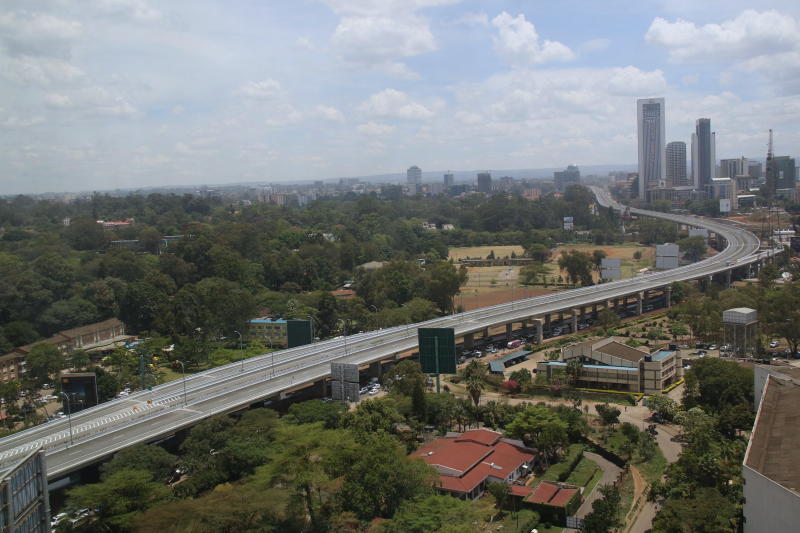Tarmacking of the Nairobi Expressway nearing completion. [David Gichuru, Standard]
×
The Standard e-Paper
Home To Bold Columnists

There is a certain excitement in chaos. The kind that reminds you that the earth is still rotating – not necessarily around you – but on its axis. Even if you are one of those who believe the earth is flat.
Such is the chaos synonymous with Nairobi traffic. It is chaotic. Excitingly chaotic. Driving in Nairobi teaches you how to be a lawyer and even a judge without any background in law school if you happen to brush another motorist’s bumper.